RT skrev:
En ny 3D rekonstruktion af Julius Cæsars hoved giver en hidtil uset indsigt i hvordan den berømte romerske general så ud for alle disse mange år siden - inklusiv de bizarre proportioner af hans kranium.Ovenfor kan du se den uhyrlighed, der blev resultatet. Det eneste problem er: Cæsar så ikke sådan ud:
...
Resultatet er en bemærkelsesværdig levende afbildning af Cæsar, helt ned til den usædvanlige hovedform, der siges at have været et resultat af hans vanskelige fødsel.
"Så han har en skør bule på sit hoved", sagde Buijtendorp om hans kranium, skrev HLN, "En læge sagde at sådan noget optræder ved en meget svær fødsel. Det er ikke noget som en kunstner opfinder."
Kommentar: Delvist oversat af Sott.net fra Laughable fake 'reconstruction' of Julius Caesar's face unveiled by Dutch archaeologist
Se også:
Et kort spørgsmål og svar: Er Jesu grav tom? Ja, for Jesus var i virkeligheden Julius Cæsar
For decades one bust has been commonly believed to be a contemporary reproduction of Caesar's appearance: the 'Tusculum' bust housed in the Museo d'Antichita in Turin, Italy. It probably depicts Caesar in the last years of his life, i.e. in his 50s. As you can see below, it shares some features with reproduction above, but that's where the similarity ends:
A later bust from the 2nd century - the Farnese bust from Trajan's forum, held in the Museum of Naples - depicts a somewhat more idealized portrait (but the chin, mouth, cheek lines and nose features are retained - including Caesar's lined neck):
Then in 2007, a new discovery was made in the Rhone river, France: another potential contemporary representation of Caesar, this one depicting him somewhat younger. Like the Tusculum portrait, it is not idealized, showing a realistic representation of a living person. Experts are still divided about whether or not it's Caesar, but classicists are a conservative bunch. (See here for a short write-up on the various busts.) The face shares features with both the Tusculum and Farnese busts (the only major difference being its wider nose, to my eye). Below is an attempt at reconstruction by Jorg Wiltink:
Now scroll back up to the top of this article and compare d'Hollosy's.
And another image by Amelia Carolina Sparavigna using aging software:
Sparavigna conducted visual comparisons of the busts and found similarities between the Arles and Farnese busts. While she doesn't see much resemblance between the Tusculum and Arles busts, Arles' Museum's book Cesar: Le Rhone pour memoire (p. 68) shows a digital comparison of the profiles of both, showing that they are a close match, aside from the damaged nose.
Compare for yourself:
Cicero, an inveterate blowhard and egomaniacal enemy of Caesar, surely would have mentioned Caesar's allegedly giant head if it were true - he never missed an opportunity to say something disparaging about Caesar in his private correspondence.
It looks as if Buijtendorp and d'Hollosy are just following in the footsteps of Cicero - this time under the guise of 'science' - in order to smear Caesar, who was perhaps the greatest Roman who ever lived. But like most great people, he was constantly embattled by a demonization campaign instituted by his harshest opponents (who themselves made up a tiny minority of the Roman ruling class and people), a campaign that continues to this day. Sound familiar?
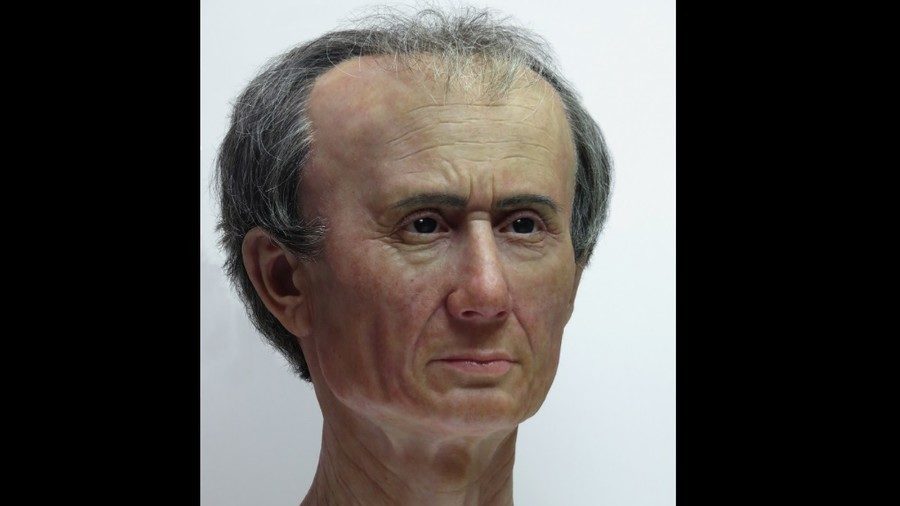
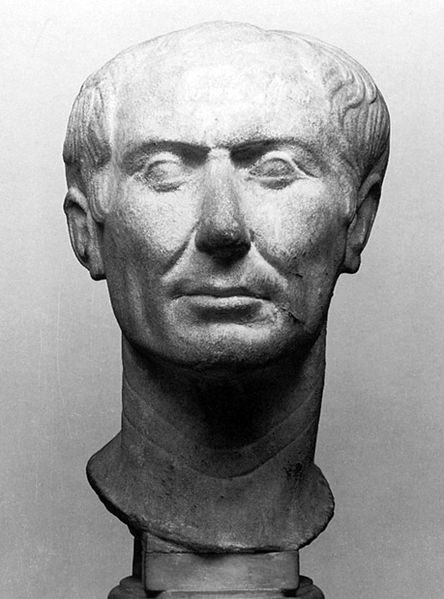
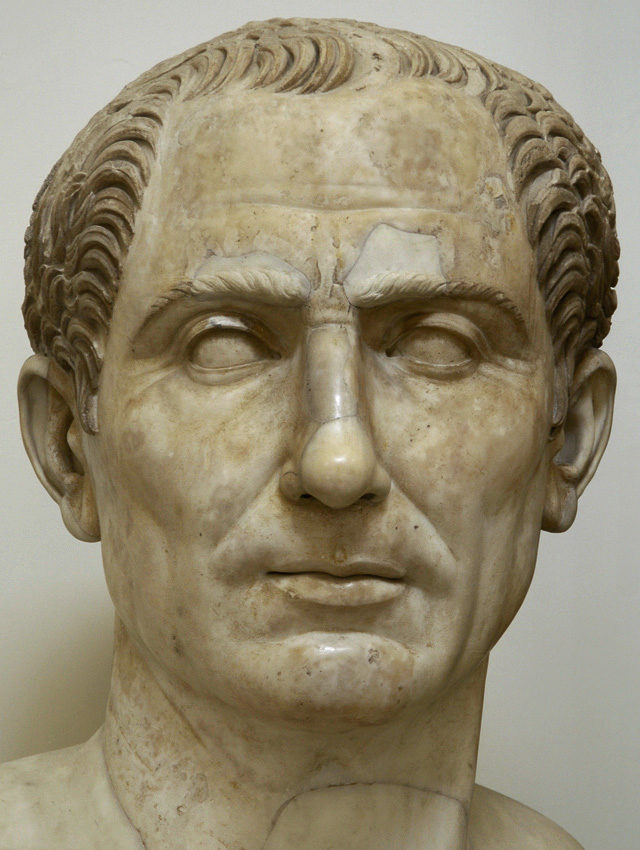
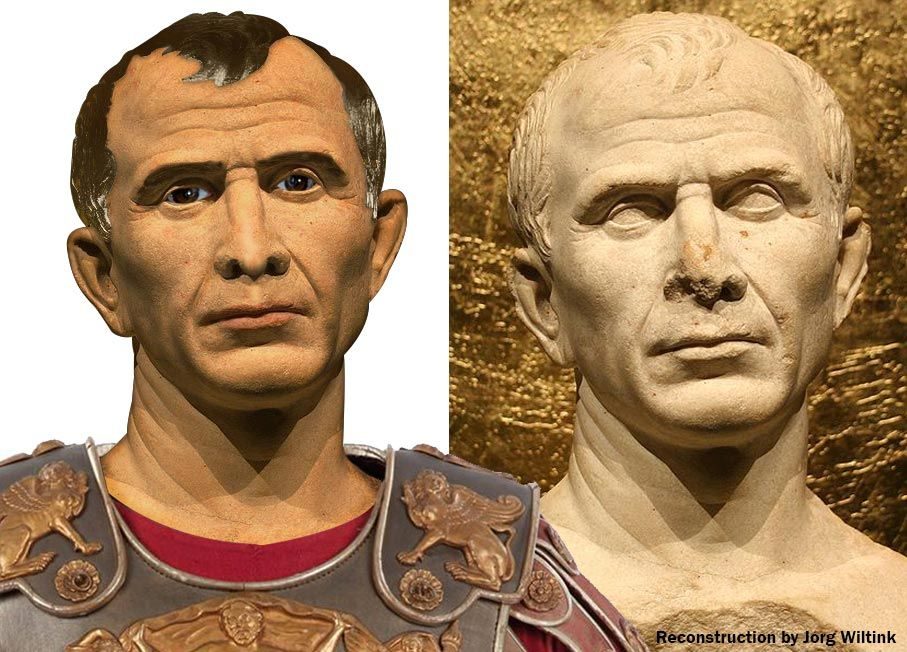


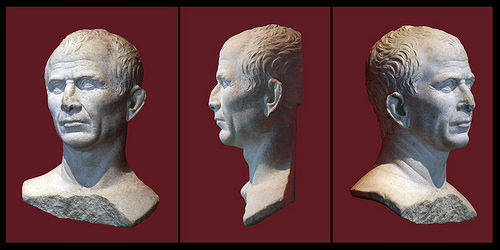
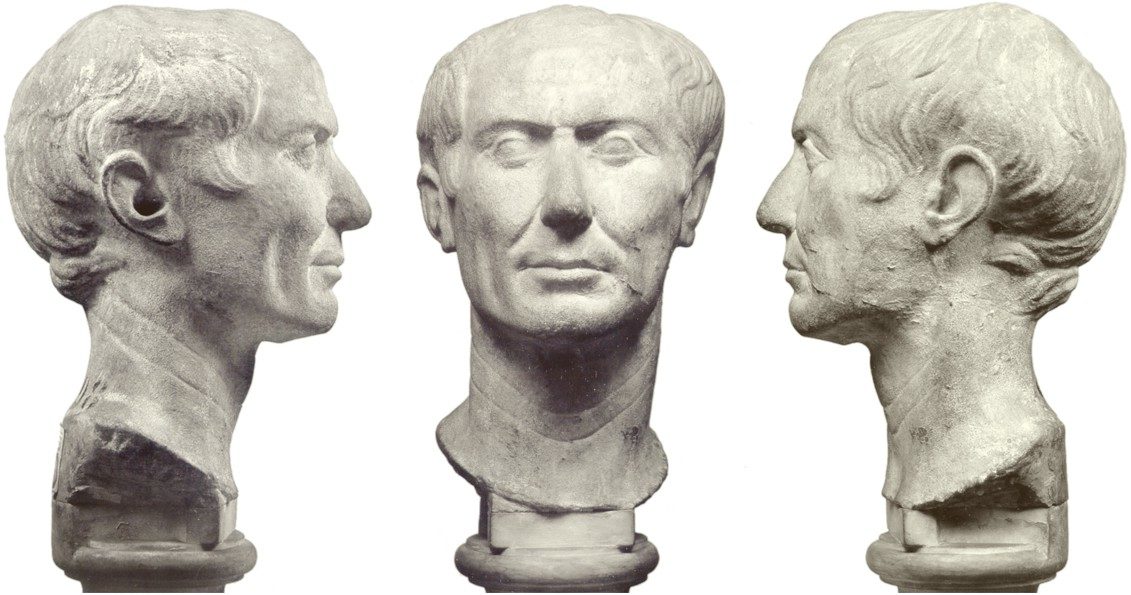
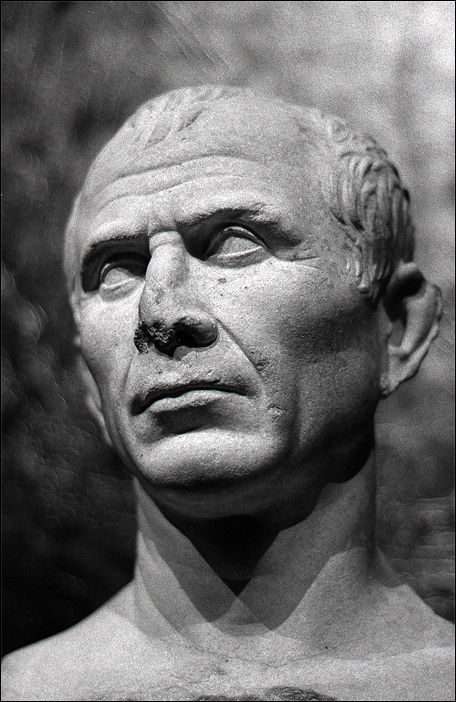



Læserkommentarer
dig vores Nyhedsbrev